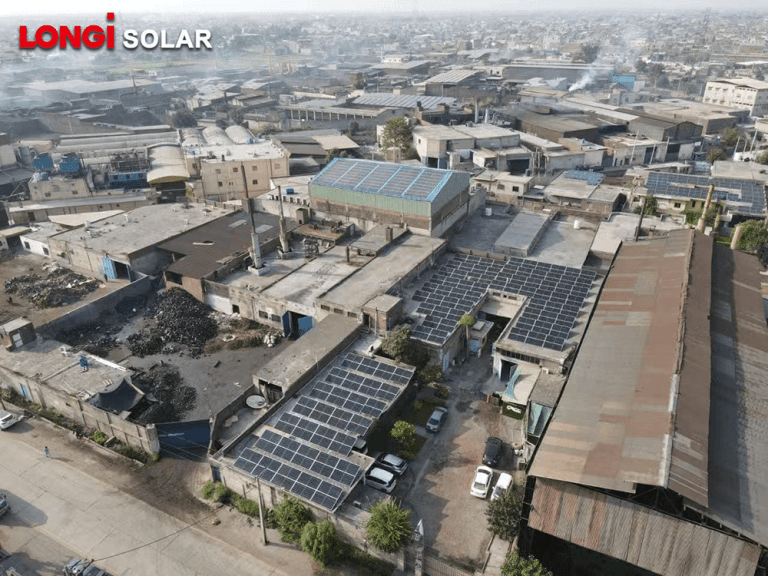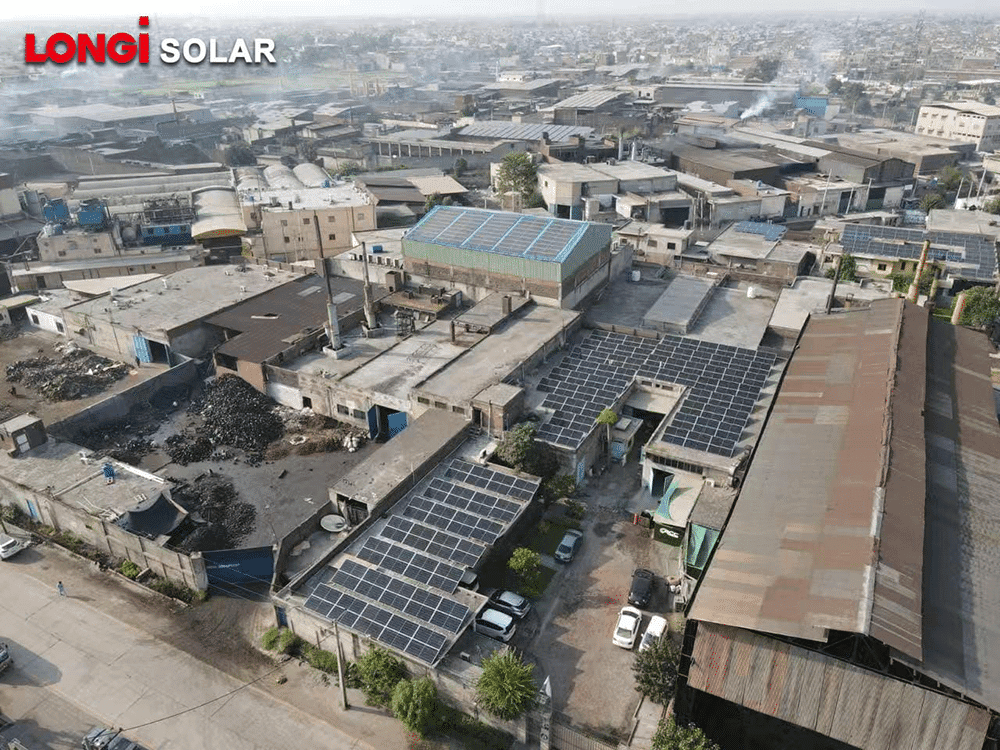CCTV Workplace Harassment Declared by FOSPAH
The Federal Ombudsperson for Protection Against Harassment (FOSPAH) has issued a landmark ruling that identifies CCTV workplace harassment as a legal violation. According to the decision, constant or excessive monitoring of employees through surveillance cameras creates a hostile environment and undermines workers’ dignity and mental well-being.
While CCTV cameras are commonly used in offices, factories, and workplaces for security, their misuse as tools of intimidation or micromanagement crosses into the territory of harassment. This move by FOSPAH is seen as a significant step in redefining what constitutes harassment in modern workspaces and expanding protections for employees.
What Is CCTV Workplace Harassment?
CCTV workplace harassment refers to situations where employers use surveillance cameras excessively, not just for safety but to monitor employees constantly. Instead of ensuring security, the cameras are misused to:
- Track every move of employees
- Intimidate staff into working under pressure
- Create an environment of distrust
- Use footage as a tool of control rather than protection
FOSPAH clarified that such practices infringe on employees’ rights to privacy, dignity, and respect at work.
Why FOSPAH Declared Excessive CCTV Monitoring as Harassment
The ruling was prompted by numerous complaints from employees who expressed discomfort and stress due to excessive monitoring. According to FOSPAH:
- Mental Health Impact: Constant surveillance creates anxiety and decreases confidence.
- Toxic Environment: Employees feel they are not trusted, damaging workplace culture.
- Productivity Decline: Fear and intimidation reduce creativity and performance.
- Legal Protection: Harassment is not limited to verbal or physical acts but includes indirect actions like digital monitoring.
This broader definition ensures modern workplace challenges are addressed effectively.
The Balance Between Security and Harassment
CCTV systems play an essential role in workplace security. They help prevent theft, ensure employee safety, and protect company property. However, FOSPAH emphasized the need to strike a balance:
- Acceptable Use: Surveillance in entry/exit points, warehouses, or high-security areas.
- Unacceptable Use: Monitoring employees at their desks, using footage to intimidate or micromanage staff.
The ruling sends a clear message that security must never be confused with surveillance control.
Legal Implications of CCTV Workplace Harassment
With this ruling, organizations in Pakistan are legally bound to:
- Reconsider their CCTV policies
- Limit monitoring to legitimate security purposes
- Avoid using camera footage as a performance management tool
- Ensure transparency with employees about where cameras are installed
If an employee files a complaint, the misuse of CCTV will now be treated as workplace harassment under the law, giving workers the right to protection and redress.
Employee Rights Under the New Ruling
Employees in Pakistan now have stronger legal protection against CCTV workplace harassment. They are entitled to:
- Right to Privacy: Even in the workplace, employees must not feel constantly watched.
- Right to Dignity: Harassment includes indirect actions, not just direct abuse.
- Right to Report: Employees can approach FOSPAH if excessive surveillance occurs.
- Right to Protection: Employers found guilty can face penalties and must correct their practices.
This ruling empowers workers to speak up and ensures a more balanced power dynamic between employers and employees.
Employer Responsibilities
Organizations must now adapt their workplace policies to comply with FOSPAH’s ruling. Employers are encouraged to:
- Install cameras only for safety and security purposes
- Communicate clearly with staff about where and why cameras are placed
- Avoid using CCTV for performance monitoring or intimidation
- Build trust through leadership and communication rather than surveillance
Failure to comply can result in legal complaints, reputational damage, and penalties.
Impact on Workplace Culture in Pakistan
The declaration of CCTV workplace harassment marks an important shift in Pakistan’s workplace culture. Traditionally, harassment laws focused on verbal abuse, discrimination, and physical intimidation. By recognizing digital and indirect harassment, FOSPAH has:
- Expanded the definition of workplace harassment
- Encouraged healthier, more respectful work environments
- Addressed the rising role of technology in employee-employer relations
- Created awareness about mental health and privacy concerns
This ruling highlights the need for trust, respect, and balance in managing employees.
Global Perspective: Workplace Surveillance Trends
The issue of excessive CCTV monitoring is not unique to Pakistan. Globally, employee surveillance is a growing concern:
- In the United States, remote monitoring tools have sparked debates over privacy during remote work.
- In the European Union, strict GDPR rules regulate workplace surveillance.
- In Asian countries, cultural and legal perspectives differ, but many nations are moving towards greater employee protections.
By recognizing CCTV workplace harassment, Pakistan joins a global conversation on the balance between technology, security, and employee rights.
How Employees Can Respond to Excessive CCTV Monitoring
If employees feel they are subjected to CCTV workplace harassment, they can take the following steps:
- Document Evidence: Record instances of intimidation or constant monitoring.
- Communicate with HR: Raise concerns internally before escalation.
- File a Complaint: Approach FOSPAH if the issue persists.
- Seek Legal Advice: Understand rights under workplace harassment laws.
- Protect Mental Health: Prioritize personal well-being while addressing the issue.
Awareness and proactive steps ensure employees do not silently suffer under workplace surveillance.
Building Trust Beyond Surveillance
FOSPAH’s ruling encourages organizations to build trust instead of relying on control. Effective alternatives to CCTV harassment include:
- Regular performance reviews instead of hidden monitoring
- Open communication between managers and teams
- Encouraging autonomy and accountability
- Providing safe spaces for employee feedback
A healthy workplace thrives on mutual respect, not fear of being watched.
Conclusion
The recognition of CCTV workplace harassment as a form of harassment under law marks a turning point in Pakistan’s workplace regulations. Employers must now differentiate between security monitoring and employee surveillance, ensuring that cameras are used only for legitimate purposes.
For employees, the ruling provides a powerful tool to safeguard their privacy, dignity, and mental well-being. For employers, it’s a reminder that sustainable growth comes from building trust-based cultures, not surveillance-driven control.
As workplaces continue to evolve with technology, this decision ensures that human dignity remains central to organizational success.
Read More Here:
Pakistani Students Win Global Award for Geospatial AI Innovation
















